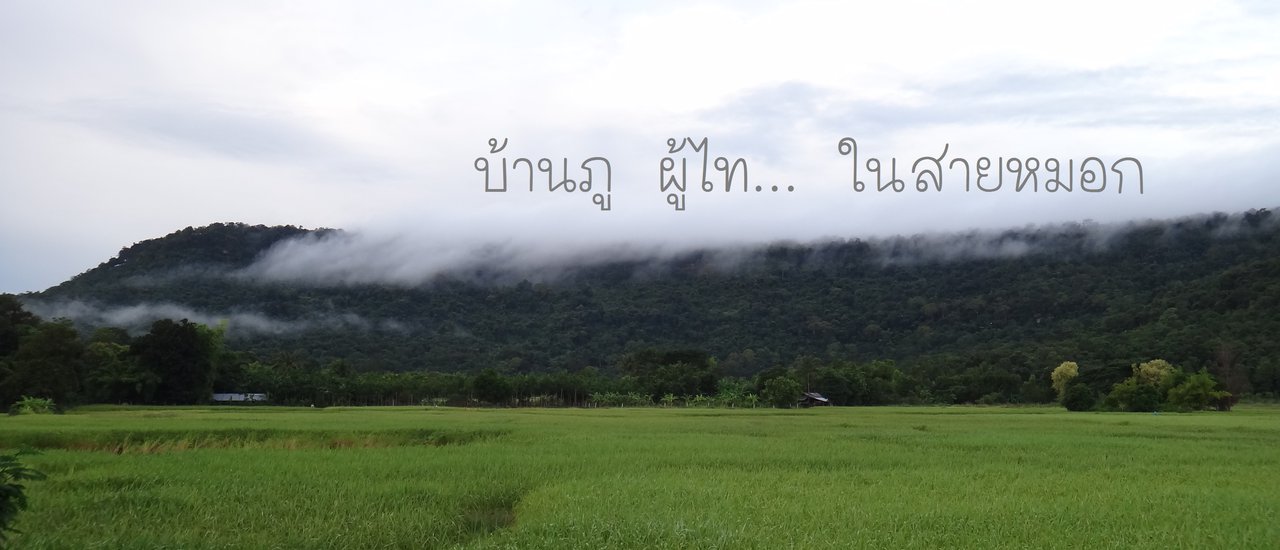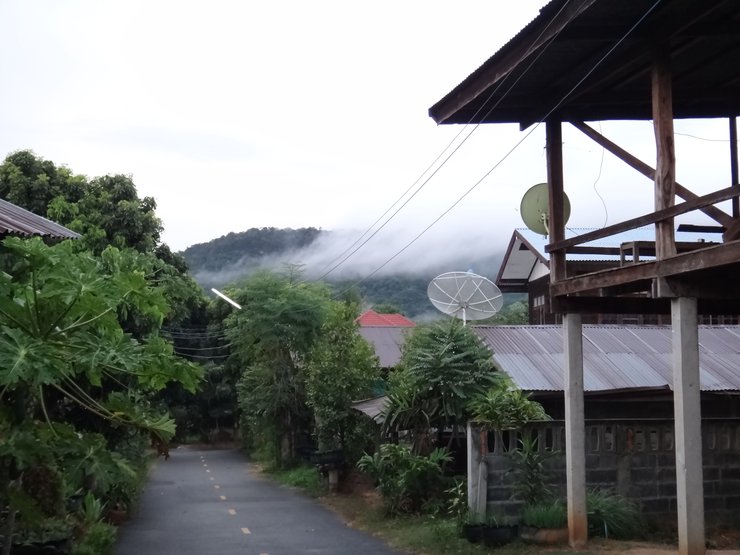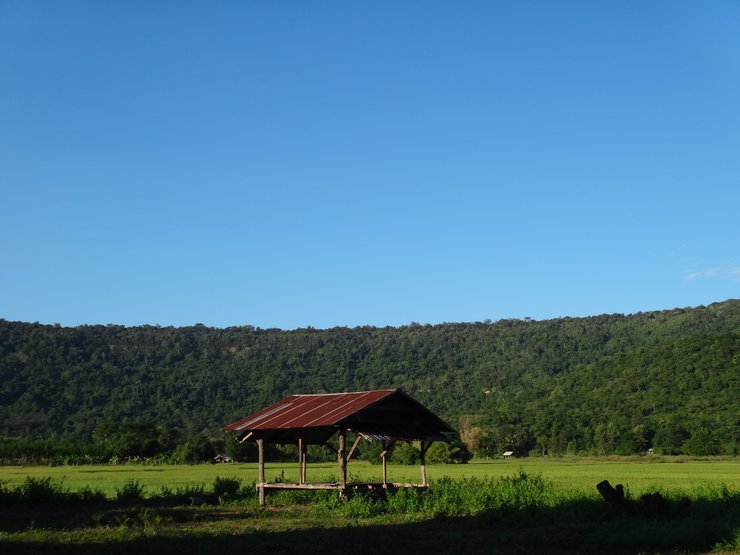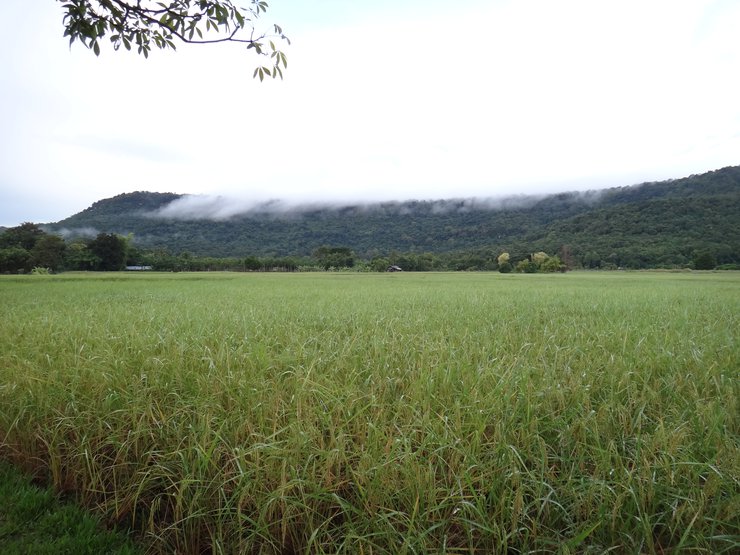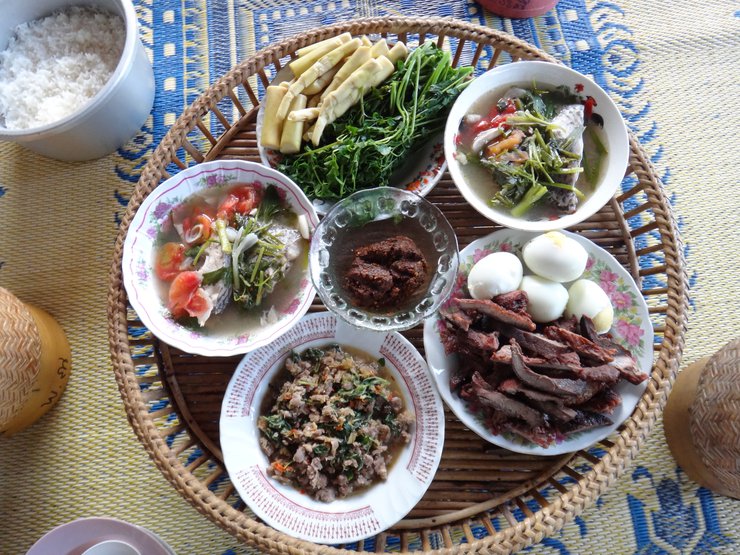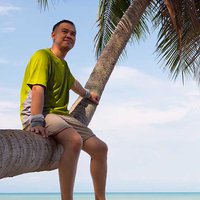Rural Life in Northeastern Thailand: A Captivating Blend of Charm and Authenticity
The rural lifestyle in Northeastern Thailand, particularly in ancient villages like Ban Phu in Nong Sung District, Mukdahan Province, exudes a unique charm. This Phu Thai village, nestled amidst mountains that aptly reflect its name ("Ban Phu" translates to "Mountain Village"), captivates visitors with its friendly locals, the simple yet elegant Phu Thai culture, and the pristine natural environment.
The optimal time to visit the village is during the winter season. We visited in November, and the weather was pleasantly cool. Expenses and travel arrangements were not an issue, as we organized a large group tour to this small village, which can accommodate nearly 200 tourists.
The cost per person for a complete set of food, accommodation, and cultural activities and performances for our group (approximately 150 people) is only 600 baht (two days and one night + all meals included, starting with lunch on the day of arrival, dinner, breakfast, and lunch the next day). The price is negotiable and can be higher or lower. Please inquire with the homestay coordinator at Ban Phu.
This village has the potential to welcome both Thai and foreign tourists. It is a homestay village that has received several national awards. If you are passing through Mukdahan, try to visit and experience the authentic Phu Thai way of life. You can practice your listening and speaking skills in the Phu Thai language (beautiful accent, very cute language) and taste the delicious local food. Take a look at the pictures to get a feel for the atmosphere.
Waking up early to take a walk in the village, you will be greeted by views and an atmosphere like this.

A general view of the rice fields on the outskirts of the village.


The food at the homestay where we stayed was delicious, fresh, and authentic.

On the other side of the village, there is a well, rice fields, and a small mountain.

Local residents continue to weave fabrics for both personal use and income generation.

They live in a way that is truly dependent on nature, finding crabs, fishing, and angling as a regular part of their lives.

To weave a piece of cloth, they produce everything themselves, from planting cotton to dyeing the yarn as you see it.

A panoramic view from a mountaintop viewpoint near the village.

A wide variety of trees, flowers, and native vegetables are present.


The village consists of a mix of new and old houses.

The houses are clean and tidy, and the hosts are very welcoming. However, the accommodations are not decorated or modified to resemble a resort or a city hotel.

Village Cultural Square


Some houses have bathrooms with stunning views like this.

This house is not abandoned. It is used as a dyeing workshop by the housewives' group.


The beautiful and stylish folding wooden door is very impressive.

What kind of vegetables are these?

Unique and stylish window and door decoration


The kitchen garden by the fence is truly abundant, leaving little need to purchase vegetables for cooking. Some households have a complete selection, allowing them to simply pick and prepare their meals. Chemical residues are undoubtedly absent due to their diligent and meticulous care.

The mother demonstrated and explained the process of weaving fabric.

The intricate patterns are impressive and exude a classic aesthetic.

This pattern is beautiful, with well-balanced colors and rhythm.

Fabric dyeing furnace

Various types of tree bark are used as raw materials for producing dyes, which provide subtle and natural colors.

Color characteristics obtained

The children went to find crabs and fish… fresh food.

Note: The original text is empty, so the translation is also empty.


A scenic path along the rice paddy bunds, offering stunning views and ample opportunities for capturing beautiful photos.

Certain cold-weather flowers, or those that require cool temperatures to thrive, flourish in this region.

Breakfast

The provided text is empty. There is nothing to translate.
Another hidden gem of Ban Phu is a mountaintop monastery. While the journey is not difficult, it is not accessible by foot due to its considerable distance. The road leading up the mountain is well-maintained but very steep. However, once you reach the viewpoint, it feels like the whole world is yours. The panoramic vista stretches as far as the eye can see.

The mountain range in this area is intricately complex, forming a series of impressive ridges.

Towering above the canopy, no matter how tall the trees, our vantage point surpasses every peak on the mountain.

The scenery is truly pleasing to the eyes, even though most of the area is not dense forest. There are green spaces (truly green) of rice fields and small trees planted by nearby villages. There are no tall buildings or strange structures.

A viewing platform that extends from the mountain, with some sections featuring high cliffs. The platform is quite spacious.

This rock face has been carved with a considerable length of Buddhist imagery and stories.

The sunlight does not reach everywhere, creating patches of light and shadow, which is a unique and beautiful sight.

Certain areas appear as if mountains have suddenly sprung up from the ground, creating a unique and intriguing sight.

Buddha Image Cliff

The final bend before reaching the clearing and monastery buildings, which serve as a scenic viewpoint, is a sharp, steep elbow. Even walking slowly, one must carefully support oneself and watch every step, fearing a tumble down the road.

The abundance of trees on this mountain guarantees the purity and cleanliness of the air in this area.

The sun is setting, casting a shifting light on the clouds.

On a bright sunny day, the green of the rice fields and the bright blue of the sky create a striking contrast.

Mountains all around.

The path leading from the back of our house to the rice field and the small pavilion.

The reviewer asked to take a picture with the much-loved door on the second floor.

The ceremony concluded with farewells and expressions of gratitude, followed by demonstrations of traditional weaving techniques and cotton thread production by villagers and young children.

Suttipong Best Dior Permpoon
Friday, November 8, 2024 4:07 PM

